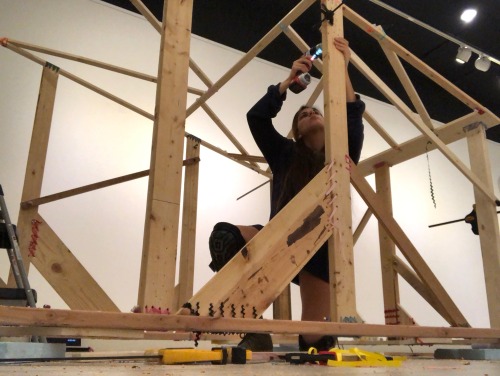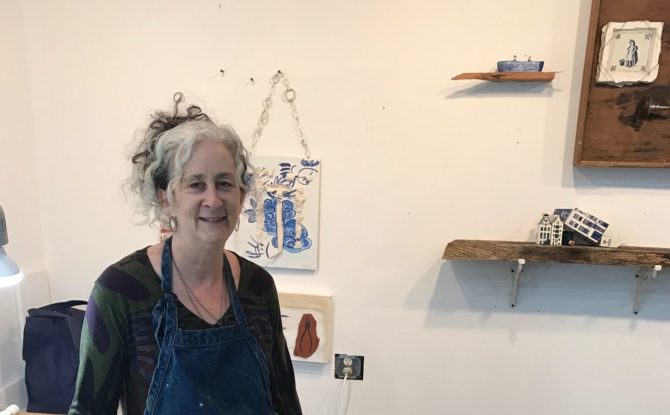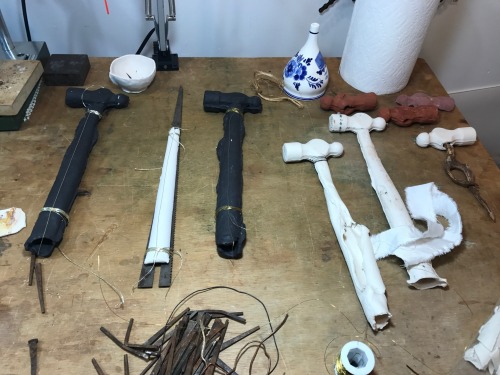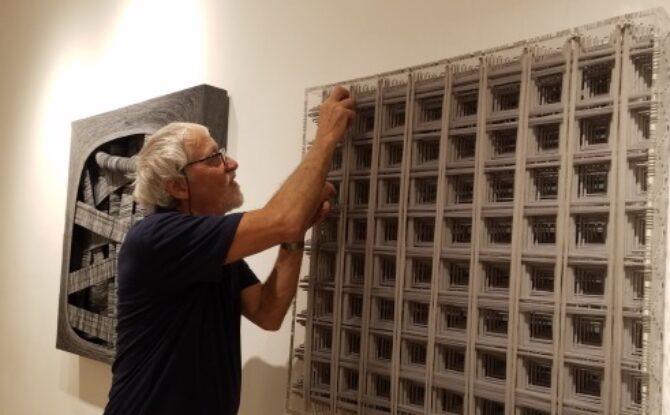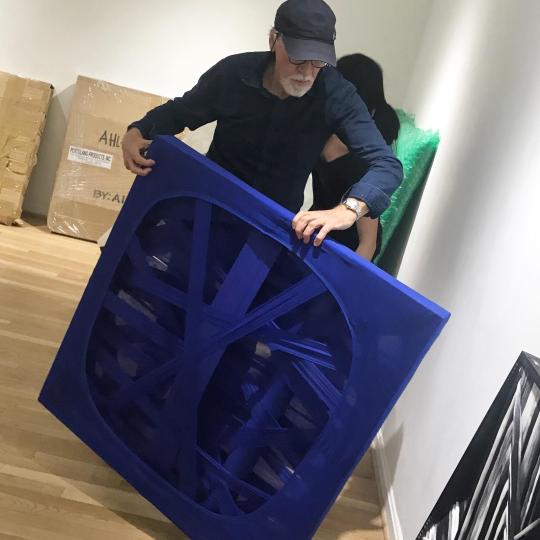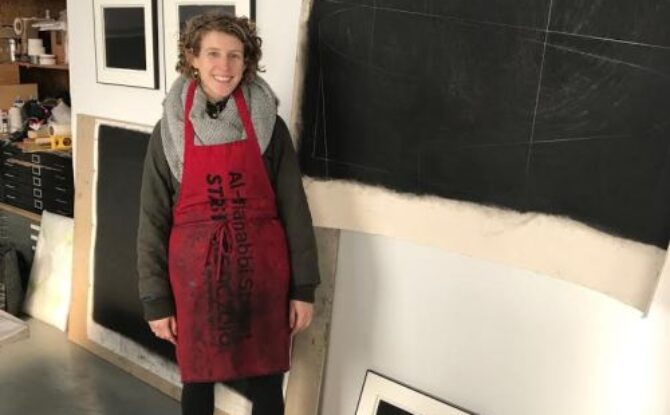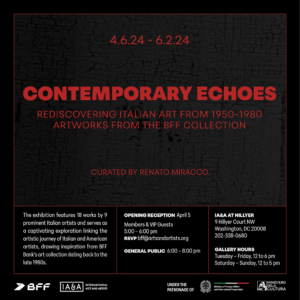Damon Arhos presents I Love to Hate You as an extension of his art practice, which seeks to expose the destructive nature of prejudice and uses his identity as a gay American as its frame. A native of Austin, Texas, Arhos explores how individual experiences influence gender roles, sexual orientation, and human relationships. A graduate of Maryland Institute College of Art in Baltimore with an MFA in Studio Art, Arhos lives and works in the Washington, DC metro area.
You work in a variety of mediums. Can you discuss your process in determining what materials and media are most effective in creating your vision and delivering the message as a whole?
When I began working as an artist, I was a painter. Over the years, as my work evolved to address issues of identity, I began to realize that many of the ideas I wanted to express would translate better in other mediums. This is not to say that painting is not an effective way of providing a thought-provoking experience. I just decided to challenge myself to explore other ways of doing things—and, as such, in addition to painting, began producing sculpture, installation, videos, etc. Today, I consider myself an interdisciplinary artist. I always begin with the end— knowing what idea I want to convey to a viewer—and then analyze different options for putting things together. Sometimes I decide upon one way of doing things, and then in the middle of the process change course, as I find another approach or medium might work better. Most importantly, I never have a blueprint, so to speak, and have found that much of my reward as an artist is through the process of investigation.
Why are duality and conflicting narratives such important themes throughout your works?
I am one artist among many who use their work to highlight ways in which our culture opposes itself. Of course, we all have our own viewpoints that we use as bases for our art practices. With my own, I have chosen to explore issues of gender roles, sexual orientation, and human relationships given my identity as a gay American. We live in a time when those of us who are part of the LGBTQ community see so many dichotomies. For example, we can discuss the June 2015 U.S. Supreme Court ruling that established same-sex marriage in all 50 states versus the June 2016 Pulse nightclub shooting in Orlando, Florida. From my perspective, these two events—which occurred approximately one year apart—represent affirmation and rejection, the landmark of love and inclusion versus the tragedy of hatred and discrimination. Historically, these types of puzzling conflicts have existed for centuries. However, via my own art practice, I hope to show others what it is like to experience these contradictions every day.
Your work often references historical events or cultural symbols. Do you find that current conditions also influence themes in your works and artistic practices?
Always! As an artist, and in the context of creating contemporary art, I do not believe that the past—in and of itself—is enough to capture and sustain anyone’s attention. In addition, I also do not believe that my own personal story is so compelling that it will captivate those who view my work. As such, I consistently aim to make my work relevant in the present moment and to access some common cultural experience. This certainly does not mean that I do not appropriate my own understanding of the history of art or my own life experiences. And, ultimately, even if I have my own overlay upon the work, viewers are bringing their own perspectives to it—which makes it even more important to strike a familiar chord. For me, the fun is in drawing the viewer in with something they think they know, then twisting this narrative so that their experience is completely different.
Why do you think it is so important to show the effects of prejudice in relation to modern-day issues and concerns?
I cannot deny that I am a pretty emotional guy. It never has taken a lot to hurt my feelings. And, over the years, I have been on the receiving end of bigoted behavior many times per my sexual orientation. While these situations definitely helped me grow, I never will forget how they made me feel sadness, isolation, and anger. Now that I am older, I more fully understand myself and others. I also know how to turn these types of experiences (when they happen, and sometimes they still do) into something more positive and more powerful. I often think of my younger self trying to sort through all of this, and hope that somehow, my work will help change outcomes for others. Ultimately, I know that prejudice creates and extends human suffering, and this is something that we all should work to eradicate.
With this exhibition, do you aim to reach particular audiences, perhaps those who have less immediate experience of the HIV/AIDS crisis?
I meant for the paintings in this exhibition to speak to the stigma of HIV/AIDS, highlighting the fact that the shame and humiliation associated with the disease persists. Of course, many years have passed since the epidemic began, and the many issues associated with it have evolved. However, as we all have diverse experiences of HIV/AIDS given our ages and life experiences, so too do we have differing awareness of these matters. The paintings provide a platform for discussion among everyone on this continuum of knowledge, as each has something to gain from these interactions. It is no accident that they depict that which is quite mundane—the bottle for a pill that manages, rather than cures, this disease. Everyone knows what it is like to take medication. Yet, does everyone know what it is to live with HIV/AIDS? And, what responsibilities, if any, does the work bestow once its seen? Do you glance and move along—or contemplate, discuss, and initiate change? Each of us must decide.



